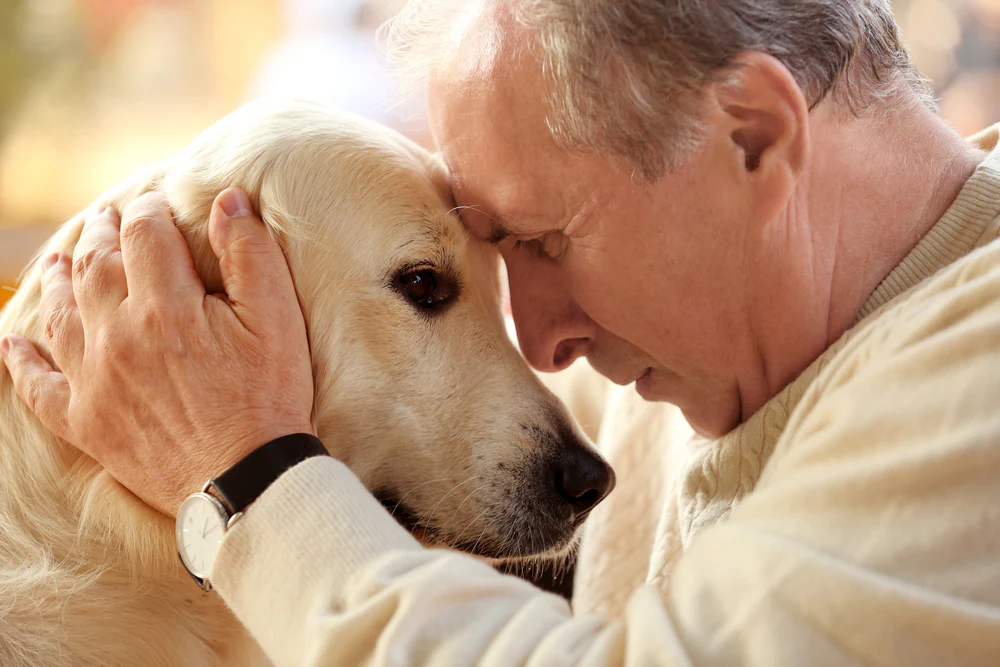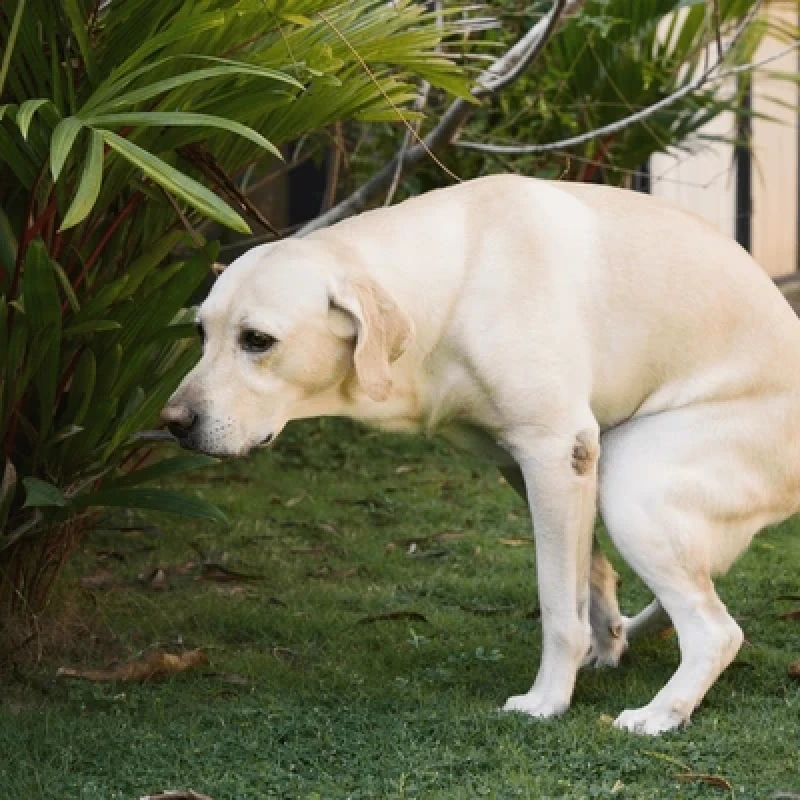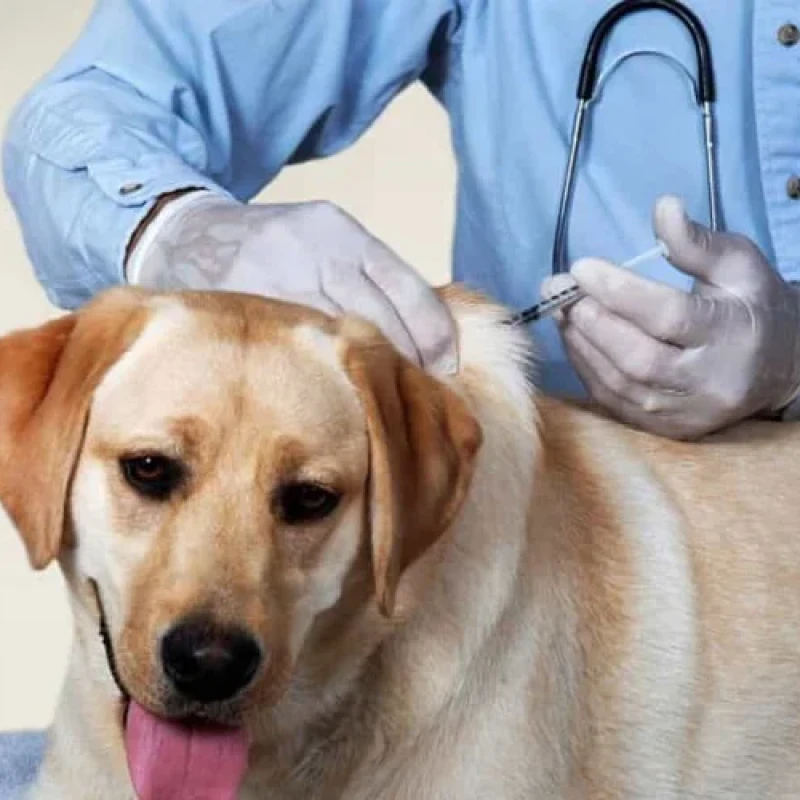The signs that a dog is nearing death is a topic no one wants to think about, but with the goal of providing the best care and love for our pets, it's something we cannot ignore. Each dog in our lives has a limited time, usually only between 10 to 15 years. During that short period, they become an irreplaceable companion. Hopefully, with the content of this article, Pet Mart will not only help you mentally prepare but also assist in providing the best care for aging dogs during the final moments of your four-legged friends

What are the signs that a dog is nearing death?
- Changes in appearance and coat color: One of the signs a dog is nearing death is the change in its appearance and coat color. You may notice the dog's fur becoming dry and losing its shine. The skin beneath the coat may turn pale or lose its color, indicating poor blood circulation.
- Changes in the eyes and ears: A dog's eyes may become cloudy and lose their ability to track objects. They may become dull, lacking reflection. A dog's ears may also lose sensitivity, making them less responsive to surrounding sounds compared to before.
- Difficulty breathing and coughing: If you notice your dog having trouble breathing or coughing persistently, this could be a sign of declining respiratory function. This is dangerous and may indicate that the dog is nearing death.
The dog becomes sad, sleeps more, and appears lethargic:
As a dog approaches the end of its life, its health declines. A clear sign of a dog nearing death is frequent fatigue, deep sleep, and even irregular breathing, showing signs of exhaustion.
The dog's mood also changes significantly. It loses interest in playing or eating and may not seek its owner's presence as often. You may notice the dog no longer wags its tail or makes familiar sounds when close—this could be a sign that it is approaching its final days.
Another sign to watch for is that the dog becomes picky about its food. It eats slowly, consumes less, and sometimes only pays attention to food when encouraged. Difficulty chewing and swallowing can also become an issue, leading to rapid weight loss and weakness. If you recognize these symptoms, seeking advice from a veterinarian would be the appropriate course of action.
The dog finds it harder to move:
As a dog enters its final stage of life, its mobility decreases significantly. There may be times when it can no longer manage familiar stairs or jump onto its favorite spot. Its steps become slow and tired, and it may require more time to rest between movements. Sometimes, it may even bump into objects unintentionally.
However, difficulty moving does not always indicate that a dog is nearing death. If you notice your dog can hardly move, seeking a vet’s advice is necessary to assess its health accurately.
Why do dogs go away when they are about to die?
Why do dogs go away when they are close to death? Did you know that when a dog is nearing death, it often finds a quiet, secluded place to hide? Some believe that this is because they don't want to make their owners sad by seeing them in a weakened state. Many even think that dogs still want to protect their homes in their final moments.
Indeed, the bond between dogs and humans is sometimes difficult to put into words. Many people consider pets as part of the family and believe that they always want the best for us.
However, from a scientific perspective, dogs seeking quiet places in their final moments may be due to their survival instincts. When they sense their health is declining, they seek a safe place to avoid risks. This helps them prevent further injury and find a peaceful place for their final moments.
Frequent vomiting and loss of control over bodily functions:
In the final stage of life, a dog nearing death often shows signs of health and behavioral decline. Their ability to eat and digest food weakens, and they may vomit or regurgitate food. Controlling bodily functions also becomes difficult, as they may relieve themselves where they sleep or no longer care about finding their usual spot for this.
At this stage, movement can be exhausting for your pet. To make them more comfortable, you should consider using towels, diapers for puppies, or even belly wraps. Although these signs may signal the end is near, it's important not to jump to conclusions. If these symptoms appear in younger pets, they could simply be suffering from a disease or food poisoning. In such cases, promptly seek advice from a veterinarian for an effective and timely solution.
"Unusual behavior may be a sign a dog is nearing death
You might notice some strange behavior that indicates a dog is nearing death. Feelings of confusion and stress can make them more irritable, and in some cases, they may even bite their owner. However, remember that this isn’t the time for blame, but to understand that these behaviors are signs of exhaustion and pain.
The decline in health makes them lose interest in eating and grooming themselves. Additionally, if you have other pets in the house, they may show opposition or even bully the weak dog. This requires close observation and timely intervention from the owner to protect the dog’s physical and mental well-being.
When should you take your dog to the vet?
Although a dog's lifespan isn’t as long as a human’s, paying attention to their health is essential, especially when you notice any unusual changes in their condition.
Warning signs such as difficulty standing, showing fatigue, pain, or other abnormal behaviors should be noted. Large dog breeds like Alaska, Husky, and German Shepherds often face health issues as they age. In contrast, smaller breeds like Pomeranians, Japanese Spitz, and native Vietnamese dogs like Phu Quoc tend to have more stable health.
If your pet's health concerns you and you notice signs they may be nearing death, don’t hesitate to seek advice from a veterinarian. They can guide you on how to best care for your pet and assess whether euthanasia may be the most humane option. This helps your pet pass peacefully with minimal suffering. Ultimately, the decision is yours, but be sure to gather all the necessary information and support from your vet.
Advice for dog owners
First and foremost, recognizing these signs does not necessarily mean your dog is about to die. It could just be a symptom of a health condition like Parvo or Distemper that requires treatment. Therefore, if you have any concerns, take your dog to the vet immediately.
Deciding whether to bury or cremate your dog after knowing their time is near depends on personal beliefs, culture, and local regulations. Below are some pros and cons of each method:
1.Burial
- **Pros**: You can create a specific place to visit your pet, helping to remember them. Some people feel that burial is more natural and traditional.
- **Cons**: If you bury your pet at home, it can be difficult if you move and don’t want to leave the grave behind. You must ensure that the burial doesn’t affect groundwater or pollute the environment. Some areas have regulations regarding pet burial.
2.Cremation
- **Pros**: It saves space and eliminates worries about burial locations. You can keep your pet's ashes in an urn or scatter them in a special place. It's suitable for people living in areas with limited space or burial regulations.
- **Cons**: Some people may feel cremation is unnatural or not traditional. There is also a cost associated with cremation services. You can read about the pet cremation process [here].
Regardless of the method you choose, the most important thing is to honor and remember the good times you had with your pet. Owners should strive to provide the most comfortable and peaceful moments for their dog in its final days. A peaceful and painless passing is the final gift you can give to your four-legged friend.








